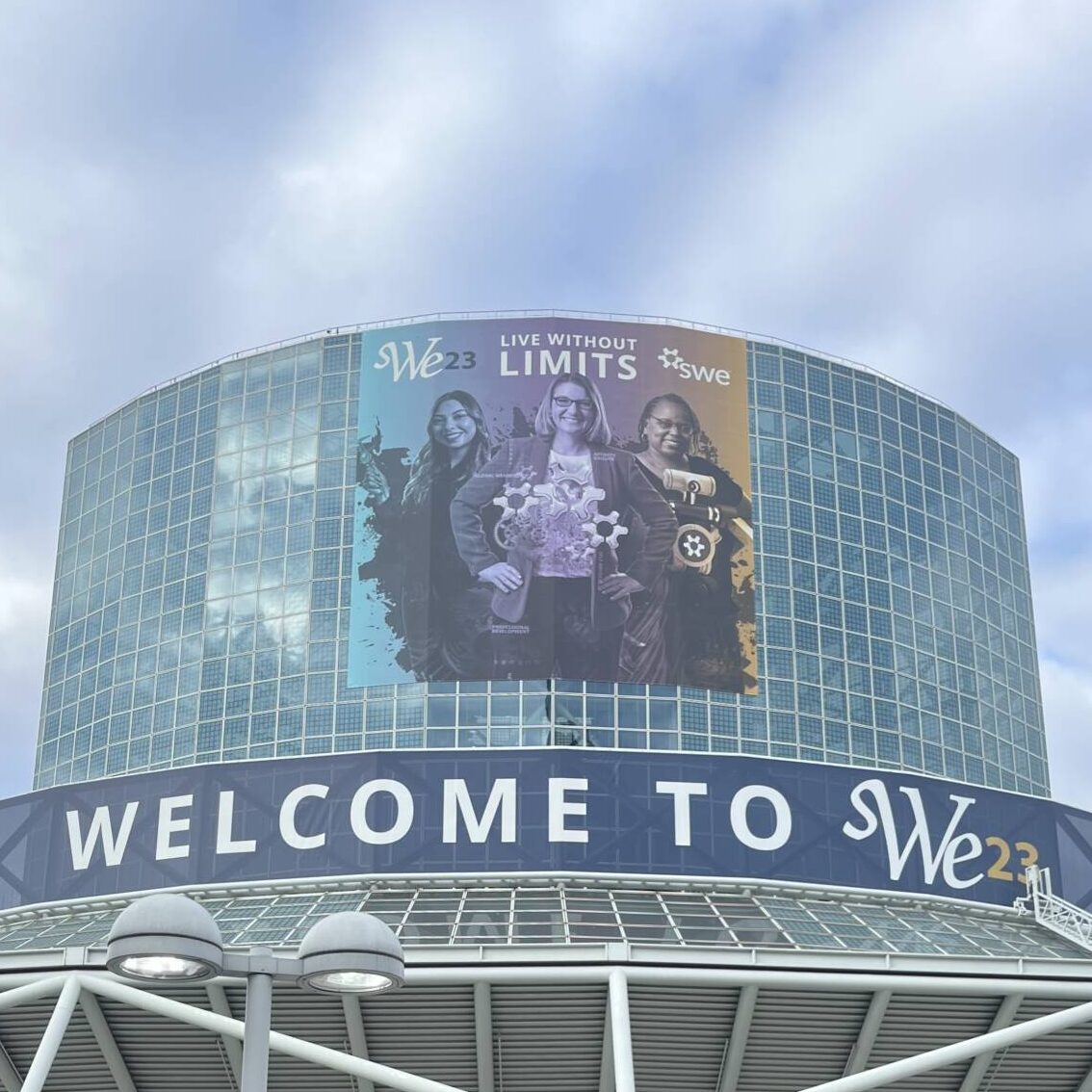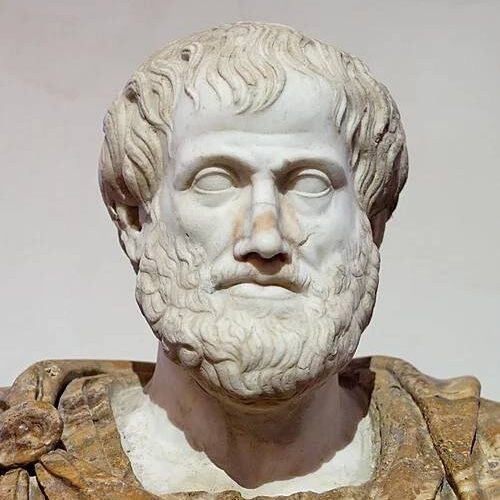When I attended my first conference, I was overwhelmed by the number of events—from keynote speakers and lightning talks, to career fairs and research presentations. Over time, through attending several conferences, I learned how to navigate these spaces strategically and make the most of the few days I had at each one. Conferences are an opportunity to connect your academic interests to real-world communities and open doors for future opportunities. From resume databases to poster sessions, conferences can open doors to new research and career opportunities.
Continue reading Making the Most of ConferencesThe Role of Struggle in Research
Aristotle’s Metaphysics begin with an oft-quoted adage: πάντες ἄνθρωποι τοῦ εἰδέναι ὀρέγονται φύσει (Aristotle, Metaphysics A.1 980a). “All humans, by their nature, strive to understand.”
With some spare time over fall break, I decided to brush up on my Greek philosophy. My upcoming junior independent work will focus on Lucretius’ philosophical poem De Rerum Natura, and he engages with so many ideas from ancient Greek thinkers – Epicurus, Democritus, Plato, and Aristotle, to name a few – I thought it prudent to be familiar with them. Given that the very purpose of their works is to explain their ideas, I didn’t expect to run into serious trouble as I began reading them. Instead, as I started making my way through Aristotle’s Metaphysics and Plato’s Timaeus, I found myself entangled with ideas of identity, causation, and substance. My overwhelming reaction was… “wait, what?”
Continue reading The Role of Struggle in ResearchPrinceton Research Day Presenters Invite You to Watch Their 3-Minute Videos
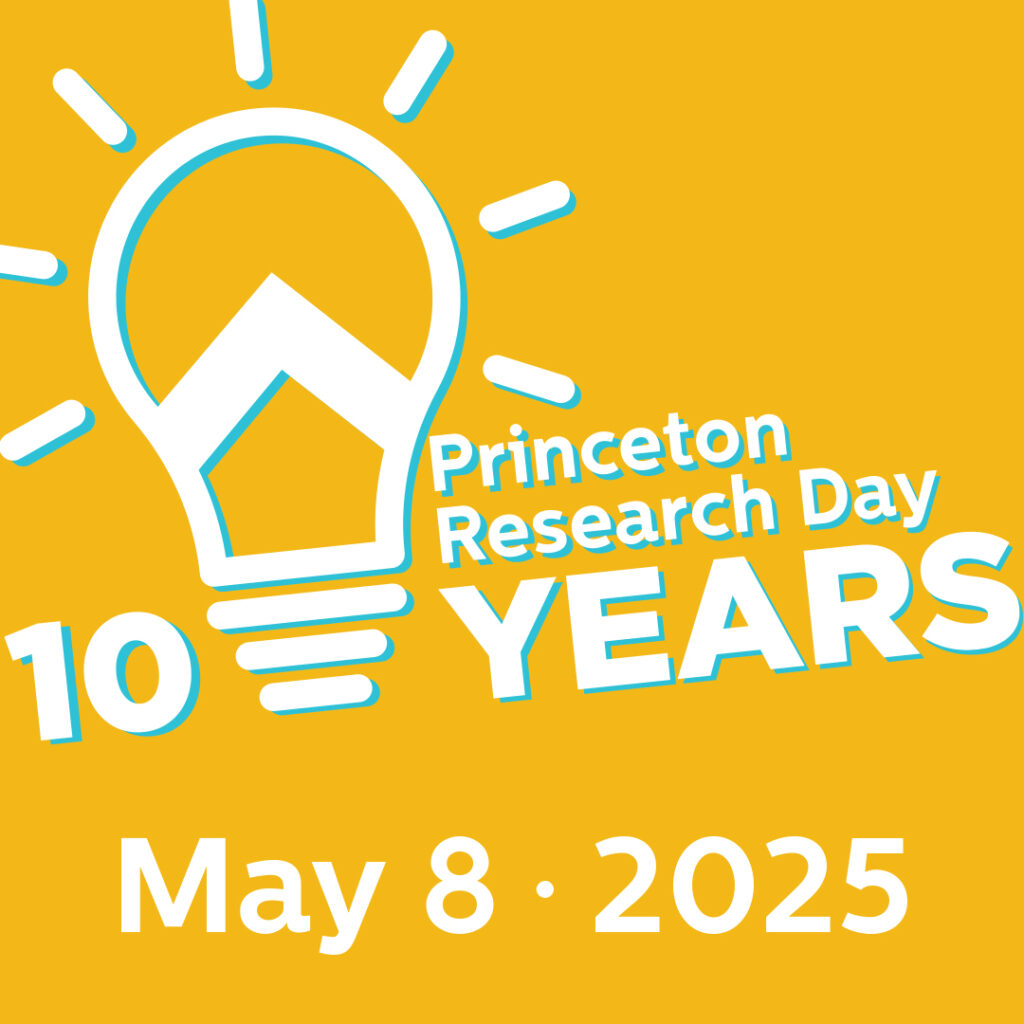
Princeton Research Day is a campus-wide celebration of research and art from Princeton undergraduates, graduate students, postdoctoral fellows, and early career staff. PRD is open to the public, and videos are online now! We hope you consider checking out the channel and voting for your favorite. PRD is celebrating its ten-year anniversary, and we are very excited to come together to showcase the new innovations, findings, and creative work of the Princeton community.
All PRD presenters submit a 3-minute video highlighting one story about their research or art. The videos are designed for broad audiences, demonstrating the importance of research accessibility. If you are local to the area, many presenters will also be talking about their work during our poster session on Thursday, May 8 in the Frist Campus Center from 12:00-1:00.
You can find the PRD videos here and information about attending the May 8 in-person event here.
–Caitlin Larracey, Assistant Director of Undergraduate Research
Thanking Your Mentors: Tips on Writing Your Research Paper Acknowledgements
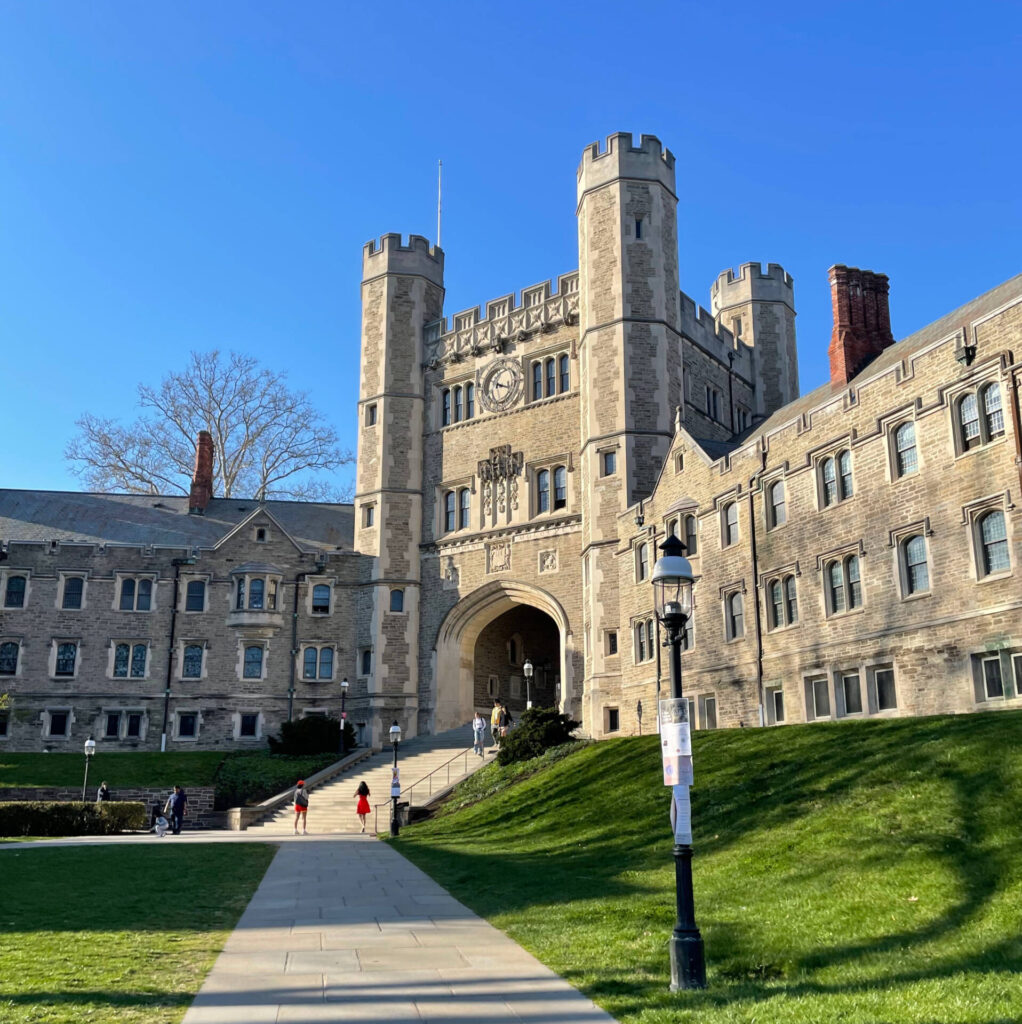
When I sat down to write the acknowledgements for my senior thesis, I realized something surprising: my department’s resources on how to write a thesis or independent work paper didn’t include any advice on writing this section. In some ways, that makes sense. Most readers focus on sections like the abstract, methodology, and results, which really serve as and highlight the key contributions of the paper. But having guidance on how to write acknowledgements can go a long way in helping students thank the people who made their research possible. In this article, I’ll share a few tips for writing acknowledgements—whether you’re submitting a STEM paper to a conference or wrapping up your senior thesis.
Continue reading Thanking Your Mentors: Tips on Writing Your Research Paper AcknowledgementsThe Art of Cartography: Creating Maps for your Research
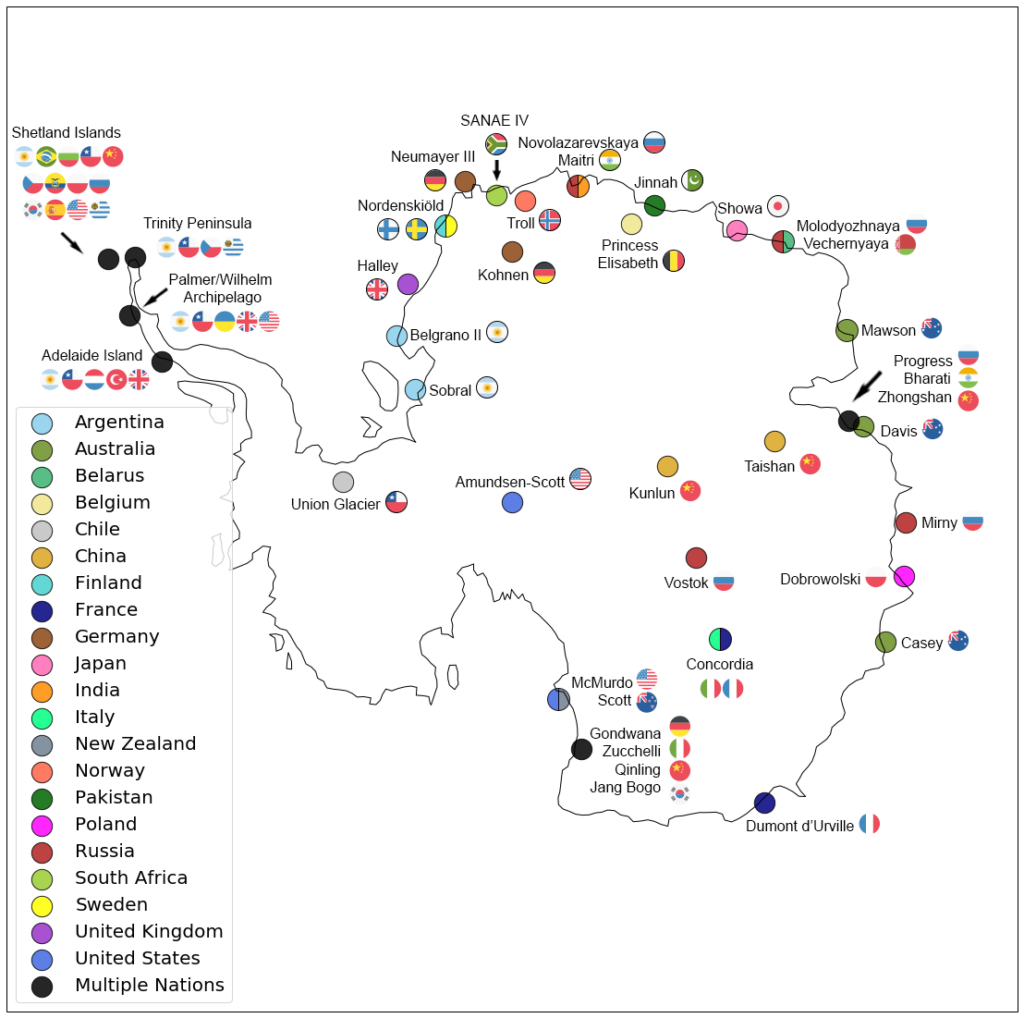
Ever since I was a child, I’ve always loved maps—I was a major geography nerd growing up. Jumping forward to today, my like-minded roommates are just as obsessed as I am: the walls of our dorm are literally covered floor to ceiling with maps. These include (but are not limited to) a glaciological map of Antarctica, public transport maps of numerous cities (Toulouse, Christchurch, and New York are just some examples), and a road map of my home state of Washington!
Maps aren’t just a fun hobby: They’re also enormously important in numerous research fields (in addition, of course, to just being plain useful). Whether your research field of interest is history or meteorology or epidemiology, there’s a good chance that you’ll be reading—and making!—some maps. In my own field of glaciology, maps are of paramount importance, whether it’s a map of glacier melt contribution from southeast Alaska or a map of Antarctic ice core sites. I’ve written this guide to provide some helpful resources and tools for making maps for your research, so hopefully it will serve as a good starting point! I should note that this isn’t a tutorial, but plenty of great tutorials should exist on the Internet for all of these tools.
Continue reading The Art of Cartography: Creating Maps for your ResearchA Guide to Poster-Making
You’ve finished a research project and now you’re on to the final step: presenting your work! It’s time to share the incredible work you’ve done with the general public, and one of the best ways to do so is to create a poster conveying the significance and conclusions of your research. This will be an essential skill during your time at Princeton whether for a course or as a part of your junior and senior independent work. If this is your first time creating a poster presentation, check this blog out!

Presenting at Academic Conferences: Tips and Tricks
The author presenting at the American Geophysical Union 2023 Fall Meeting.
Imagine the following scenario: after months of committed, in-depth research on the academic topic of your choice, you’ve finally obtained some pretty cool and novel results. Your adviser is excited, and their reaction is enthusiastic—“Hey, what if we submit an abstract to an academic conference?” This was the situation I found myself in last year, when my advisers suggested I present my research on reconstructing past Antarctic snowfall patterns at the American Geophysical Union Fall Meeting in San Francisco. I felt honored and excited, but also a bit nervous. How was I, a lowly undergraduate, going to present my work to a massive academic conference the size of a midsized town?
Luckily, I was fortunate enough to receive a lot of great advice from mentors and peers, and in the end it turned out great! Now, I’ll try and share some of that advice with you all—I hope you’ll find it useful!
Continue reading Presenting at Academic Conferences: Tips and TricksMatplotlib: A Quick Intro to a Helpful Python Data Visualization Library
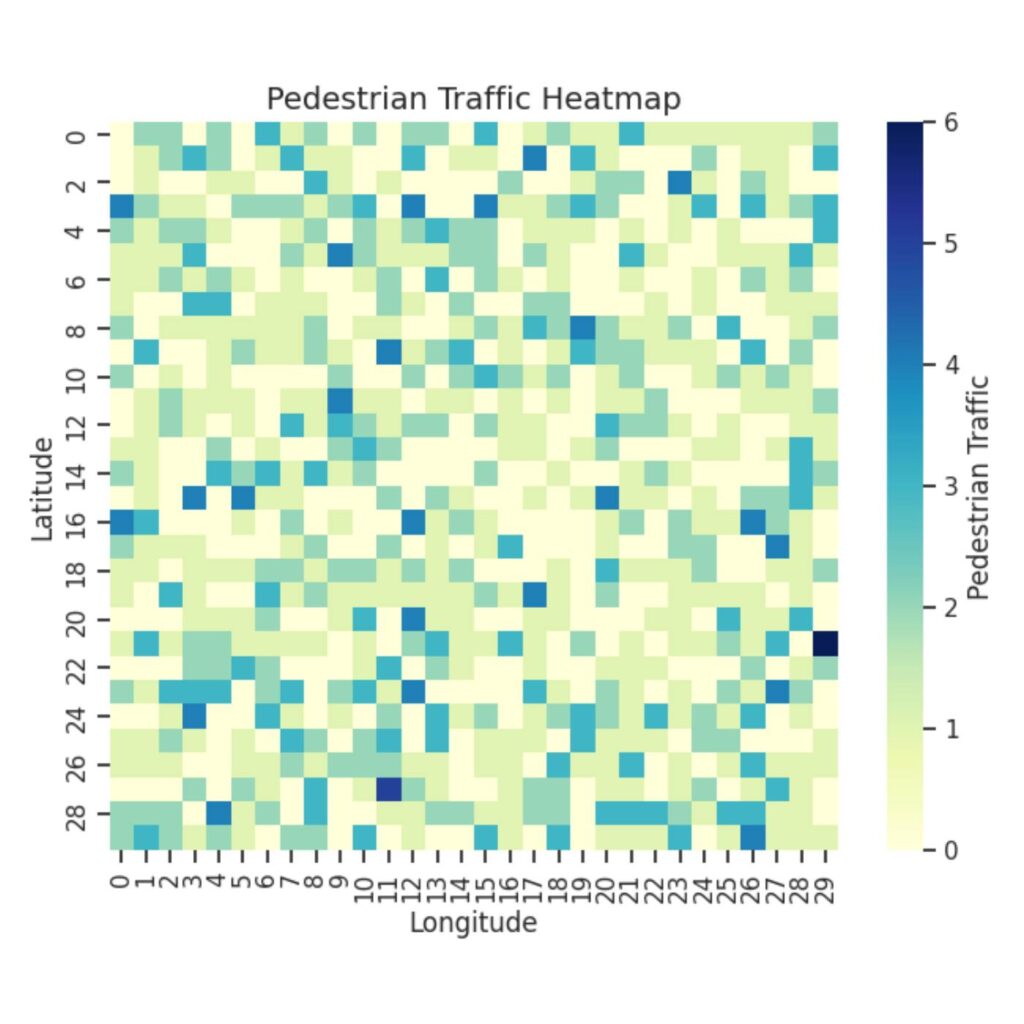
Data is everywhere. Whether it’s to track your music listening habits, analyze stock market trends, or understand scientific research, data is most valuable when it can be easily interpreted. This is where data visualization comes in: to transform raw data into clear, engaging visuals.
The Princeton University Library has a wealth of resources and research guides, including guides tailored specifically to data visualization in programming language R and statistical software Stata (often used in economics courses). However, not as many PUL research guides are currently available on data visualization in Python. If you haven’t heard of Python before, it’s a popular programming language that can tackle a versatile range of applications, including data analysis and artificial intelligence. While Stata and R are both excellent choices for statistical analysis and visualization, Python stands out for its flexibility, interactivity, and seamless integration with web development and machine learning applications.
In this article, I wanted to present a commonly-used Python library for data visualization: Matplotlib. By learning how to use Matplotlib, you’ll be able to take your data and turn it into visuals that communicate your findings effectively—a key skill whether you are analyzing survey results, studying statistics, or working on research projects!
Continue reading Matplotlib: A Quick Intro to a Helpful Python Data Visualization LibrarySimplify Your Research Poster Printing: Using Princeton’s Makerspace Large Format Printer
The end of the semester is often accompanied by deadlines for semester-long projects and final papers (including the infamous Dean’s Date deadline, which past correspondent Ryan Champeau has amazing advice on!). For some classes, students may be asked to create an academic or research poster and present their work to their peers in a poster session. A couple of courses I have taken where I produced a final research paper were COS 484: Natural Language Processing and ASA 238: Asian-American Psyches.
In ASA 238, the department provided funding so that all students in the class could have their poster printed through Princeton Print & Mail Services. However, this option typically is not free-of-charge to students. Moreover, since this process typically takes 4-5 business days after the proof is approved to be printed, course instructors may set conservatively early deadlines so that all students’ posters may be printed on time. With more deadlines in other classes, this can create additional stress.
The great news is, this stress can be avoided with a free, straightforward alternative: utilizing the Makerspace’s Large Format Printer. The Princeton University Library (PUL) Makerspace is a creative space on the A-level of the Lewis Science Library open to current students, faculty, and staff. If you’ve never used the space before, it might be daunting, but I hope this article will clarify the process and assuage any fears you may have!
Continue reading Simplify Your Research Poster Printing: Using Princeton’s Makerspace Large Format PrinterHarmonizing Research and A Cappella: How Music Fuels My Scientific Journey
Imagine standing in front of a big audience, heart racing, ready to blend your voice with others and hit the notes of an intricate a cappella arrangement. Every beat, every breath, is crucial. Every time I stand on stage or under an arch with my a cappella group, the Princeton Footnotes, I think of how similar singing and music feels to what I do in the lab. You might be thinking that singing in an a cappella group and doing research are worlds apart. However, these two passions have formed a bond in ways that I never believed possible. In fact, the creativity, collaboration, and discipline I have channeled in being a part of the Footnotes have made me a better researcher—and vice versa.
Continue reading Harmonizing Research and A Cappella: How Music Fuels My Scientific Journey
